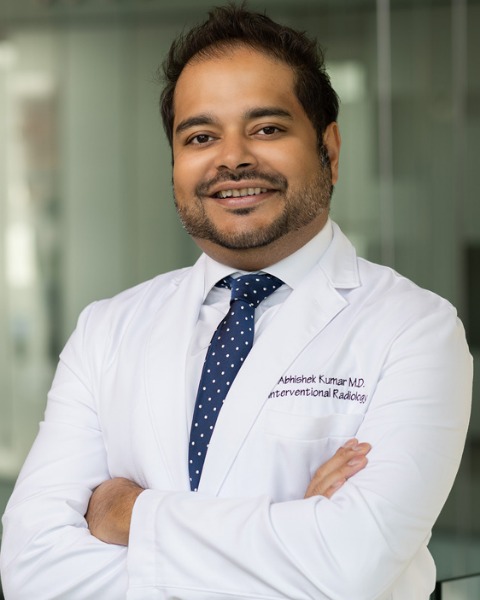Portal Hypertension
Transjugular Intrahepatic Portosystemic Shunt Revision for Hepatic Encephalopathy: A Systematic Review and Meta-Analysis
- CP
Carlos Pareja, BA (he/him/his)
Medical Student
New Jersey Medical School - -Disclosure(s): No financial relationships to disclose
- LY
Laura Yuan, BS
Medical Student
Rutgers New Jersey Medical School - RM
Raj Malhotra, BA
Medical Student
Rutgers New Jersey Medical School .jpg)
Priya Gupta, MBS (she/her/hers)
Medical Student
Rutgers New Jersey Medical School- NN
Neel Nirgudkar, MD
Medical Resident
Rutgers New Jersey Medical School 
Pratik A. Shukla, MD
Director and Associate Professor of Interventional Radiology
Rutgers - New Jersey Medical School
Abhishek Kumar, MD
Division Chief of Vascular and Interventional Radiology
Rutgers New Jersey Medical School
Presenting Author(s)
Author/Co-author(s)
To evaluate methods and outcomes for the revision of transjugular intrahepatic portosystemic shunts (TIPS) following the development of refractory hepatic encephalopathy (RHE).
Materials and Methods:
PubMed and ScienceDirect databases were searched from 2007 – 2022 for articles describing shunt reduction techniques for post-TIPS RHE. Inclusion criteria were as follows: studies reporting ≥5 patients, technique, and RHE post-reduction. Demographics, clinical data, procedural details, outcomes, and complications were recorded. A meta-analysis of TIPS reduction outcomes was completed.
Results:
9 studies met inclusion criteria, and 102 patients (mean age 61 years) underwent TIPS reduction for RHE by the parallel stent technique (n = 41) and the hourglass technique (n = 63) with a 100% technical success rate. 2 patients who initially underwent hourglass TIPS reduction required revision with parallel stent {1,2}. PPG increased by 6.1 ± 1.4 mmHg for parallel and 7.1 ± 2.3 mmHg for hourglass. 81% of parallel revisions had shunt diameters >5 mm and 82% of hourglass revisions were ≤5 mm. 26% of parallel and 29% of hourglass procedures had complications (i.e., ascites, occlusion, and variceal bleeding). 79% of parallel stent patients and 76% of hourglass patients demonstrated improved RHE post-revision.
Conclusion:
The TIPS reduction procedures described are safe and effective and improve clinical outcomes as demonstrated by RHE improvement. Additional studies should be completed in a larger cohort for validation of these findings.

.png)
.png)
.png)
.png)
.jpg)
.png)
.png)
.jpg)
.jpg)